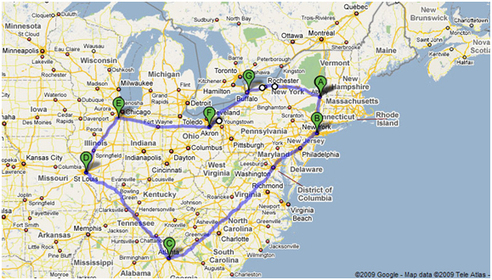See on Scoop.it – Green Energy Technologies & Development

Enterprise architecture that automated decades ago must deal with new requirements and manage existing complexity, or face extinction
Duane Tilden‘s insight:
One of the first aspects of complexity in mature enterprises that comes to mind is what philosopher R. G. Collingwood called “the law of primitive survivals.” This states that earlier, more primitive forms of things coexist with later, more sophisticated forms of things. We see this in biology, where primitive forms, like sharks, exist with modern forms, like bony fishes, and algae coexist with flowering plants. The primitive coexists with the modern to a surprising extent. …
What is Complexity?
The complexity of information, technology and application architectures in mature enterprises seems to take the form of the survival of previous generations of environments integrated with overlays of more modern generations. …
Evolution and Extinction
Large, mature enterprises have seen mainframes, PCs, distributed processing, the Internet, the cloud and are now in the early stages of another revolution: big data. How much more complexity can be added to their environments? I have tried looking for answers in evolutionary science, which I studied at university; the field teaches that specialization typically leads to the inability to adapt to changing circumstances. …
See on www.information-management.com



